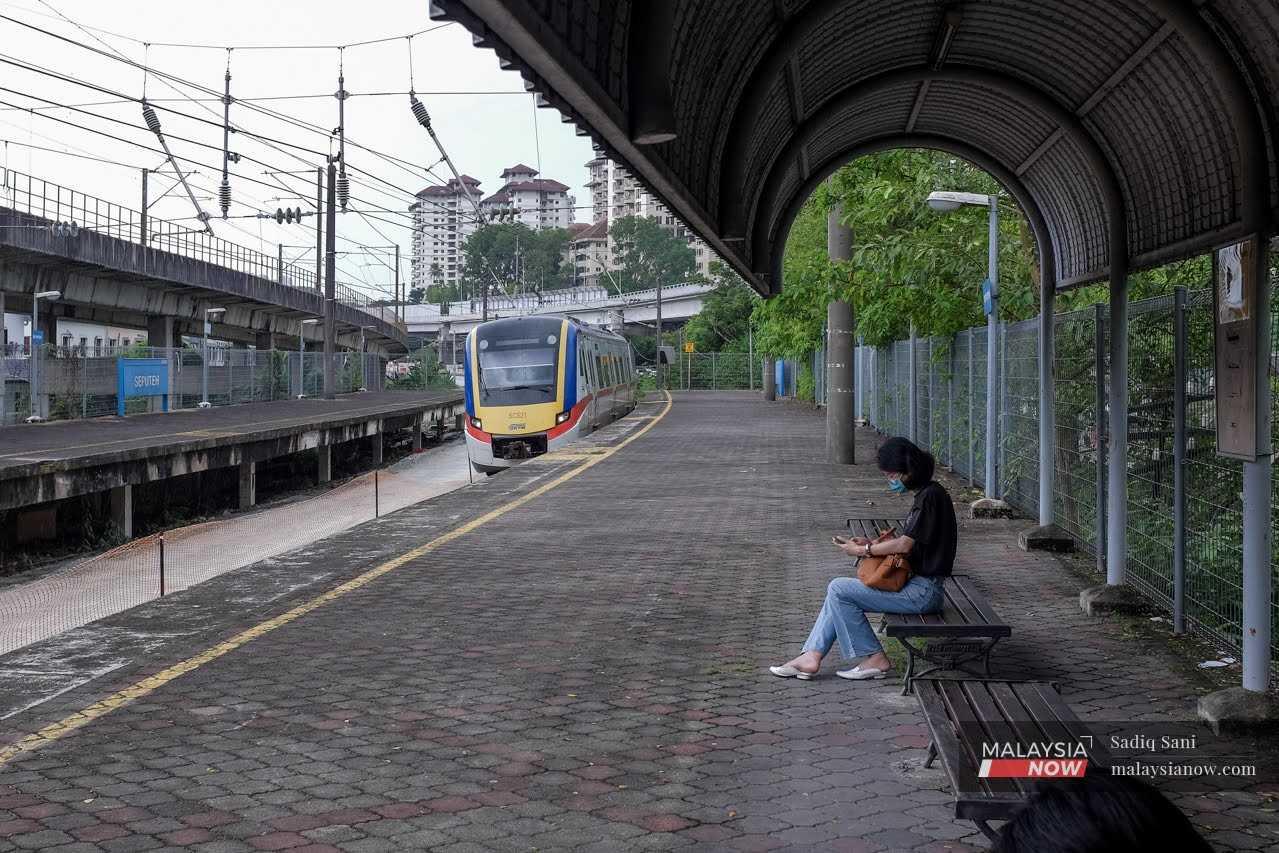After nearly 30 years, still far from 'all aboard' for KTM Komuter
Main complaints include the long wait for trains and a lack of facilities.
Just In
For the better part of 30 years, the KTM Komuter service has been running as part of the public transportation network in the Klang Valley.
But it is also the frequent target of poor reviews by commuters frustrated with the long waits between trains and the lack of last mile connectivity.
As a commuter rail system, it is difficult for the KTM Komuter to compete with its LRT and MRT counterparts.
Nevertheless, there are some advantages to taking the train, although plenty of room for improvement remains.
The KTM Komuter was dragged into the limelight after Mohd Rani Hisham Samsudin, CEO of its operator Keretapi Tanah Melayu Bhd, attributed the growing congestion on the roads to Malaysians' preference for private vehicles over public transport.
His remarks were met with a backlash on social media, where some challenged him to take the KTM Komuter himself in order to better understand the experience of using public transportation.
For many, the biggest problem with the KTM Komuter is the low frequency of train arrivals.
Arrival schedules are available online to help commuters plan their trips for the day. But if they miss their train, they have to wait up to 40 minutes for the next one, as opposed to just a few if they had taken the LRT or MRT.
Facilities
There is also the matter of the facilities at the KTM stations.
Some, like the Seputeh station, do not cater to special needs people and wheelchair users.
Commuters must cross the platform using an overpass if they wish to exit the station.
There are no lifts, either. Users who take the train from Pulau Sebang (Tampin) to Batu Caves need to go to the Midvalley station before turning back to Seputeh just to cross to the next platform.
The situation is similar at the Tiroi station, where wheelchair users must go to the Kajang station before turning back as there is no access across the platform.
MalaysiaNow has also received complaints about a lack of lighting at some stations, which is a cause of concern for some commuters, especially at night. However, this problem appears to be more prevalent at smaller stations than at central hubs like KL Sentral.
Cheong Sze Hong, a commuter in his 40s who has used the train service for 20 years, said the distance between stations and housing areas is also a factor in the general preference for driving over taking the train.
"For me, the closest MRT station is Taman Connaught. It's only about 1km from my house, but there is no pedestrian access to the station," he told MalaysiaNow, giving the example of the mass rapid transit system.
If he wants to use the MRT, he must drive to the station and park his car there.
"If traffic doesn't look too bad, I'll probably just drive," he added.
Having used all of the train services throughout the Klang Valley, Cheong acknowledges that the KTM Komuter is by far the cheapest, especially when compared to the LRT and MRT.
At times, he also chooses the KTM over the other train services because of the destination options.
"The advantage of the KTM Komuter is that it offers a lot of destinations that are not part of the LRT or MRT routes," he said.
"So if I don't feel like driving, I will take the KTM Komuter."
On the issues related to the KTM Komuter service and its apparent lack of popularity, Cheong said it was a chicken and egg situation in which both KTMB and the commuters played a role.
"The commuters want more frequent train arrivals and nice facilities, but what's the point of KTMB doing all of that if the passengers don't hit the target capacity?
"This matter needs to be studied first," he added. "If KTMB wants to improve the efficiency of the KTM Komuter, of course there needs to be a response from the users."
Subscribe to our newsletter
To be updated with all the latest news and analyses daily.
